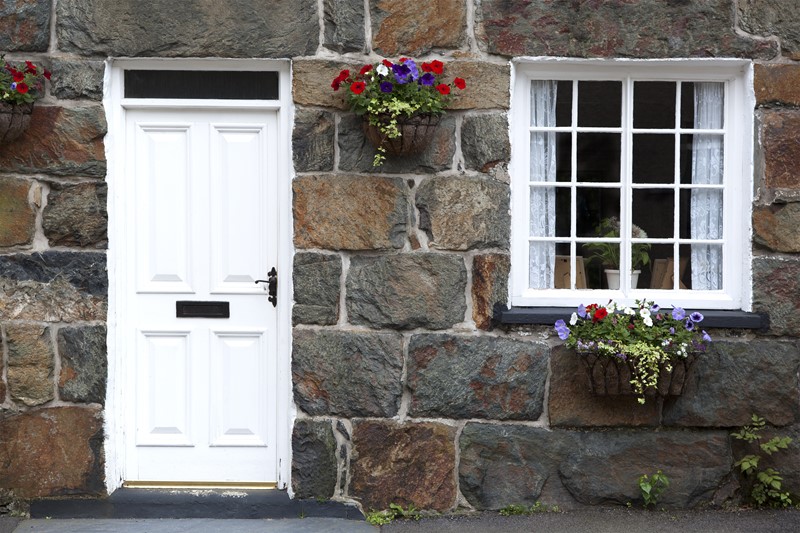It was announced as part of the Spring Budget 2023 that Multiple Dwellings Relief (MDR) was being abolished. This change has now come into effect for transactions which complete, or substantially perform on or after 1 June 2024.
The MDR relief applied to property purchasers who bought more than one dwelling where a transaction or a number of linked transactions included freehold or leasehold interests in more than one dwelling. This was a valuable tax relief that could substantially reduce the amount of SDLT due. The government’s view was that the MDR no longer achieved its original aims in a cost-effective way and consequently the relief has been abolished.
MDR for transactions before 1 June 2024
You can claim MDR when you buy more than one dwelling if a transaction (or a number of linked transactions) includes freehold or leasehold interests in more than one dwelling. This applies to transactions where:
- contracts were exchanged on or before 6 March 2024;
- contracts were substantially performed before 1 June 2024; and
- contracts complete before 1 June 2024.
These transactions are subject to various exclusions.









